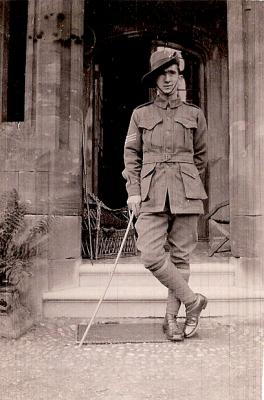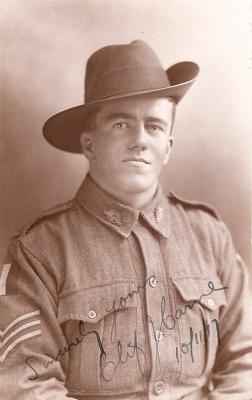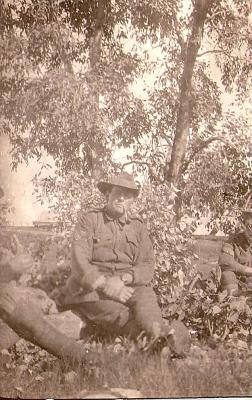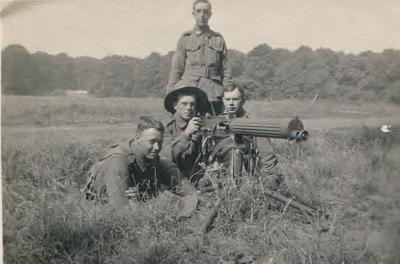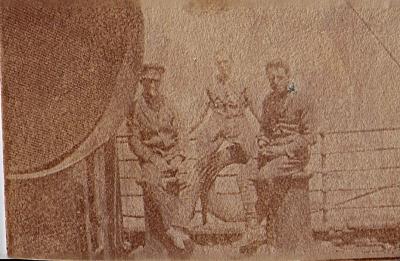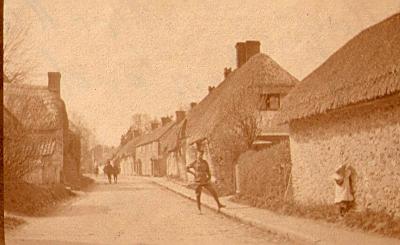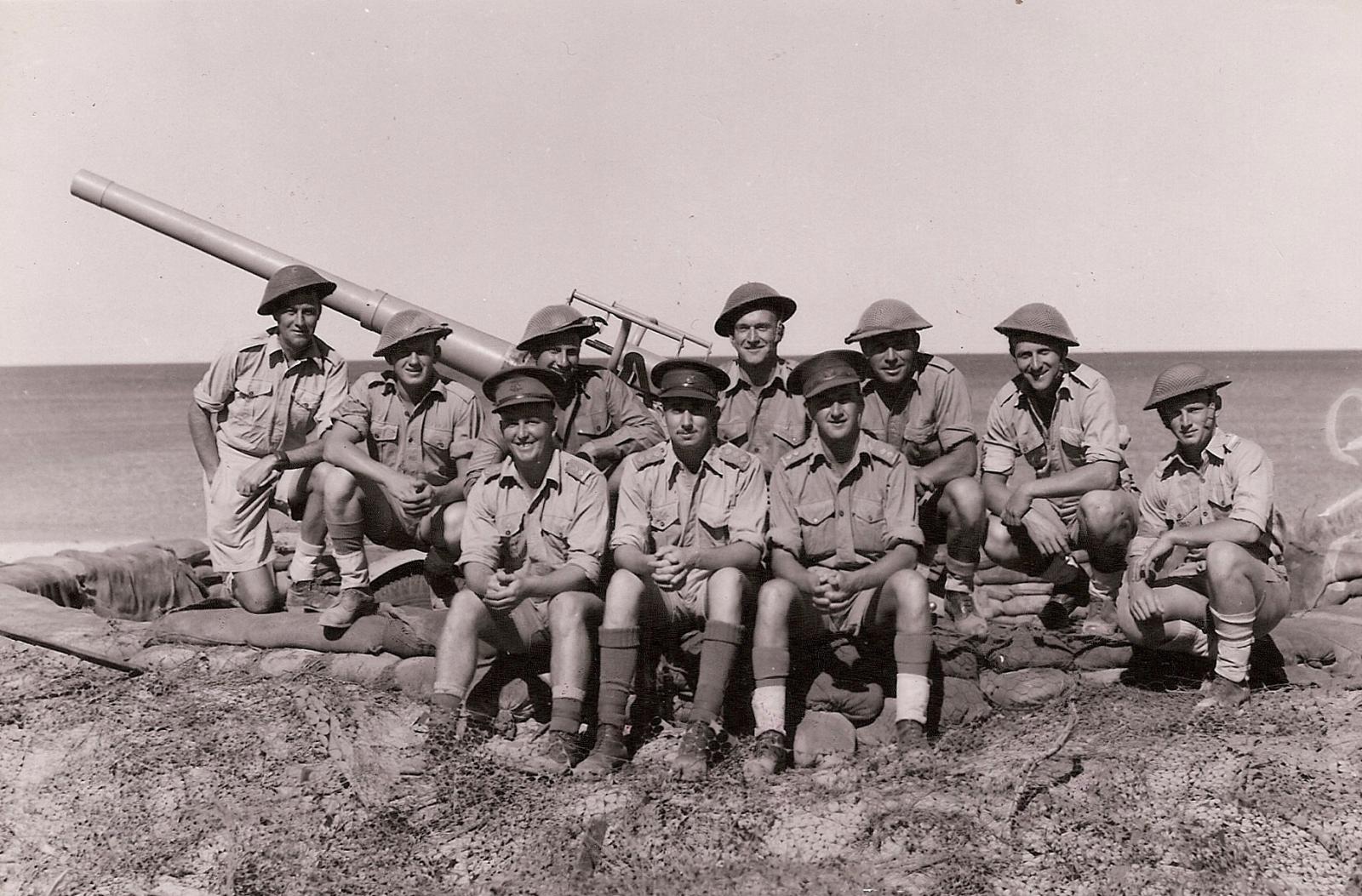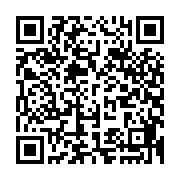World War 2, Australia Western, Australia, Exmouth Gulf, Light Anti-Aircraft Battery, 1943
1943View of 40 mm Bofors gun of a Light Anti Aircraft Battery at Exmouth Gulf. The Bofors 40 mm Automatic Gun L/60 (often referred to simply as the "Bofors gun") was an anti-aircraft autocannon, designed in the 1930s by the Swedish arms manufacturer AB Bofors. The gun was designed as an intermediate anti-aircraft gun, filling the gap between fast firing close-range small calibre anti-aircraft guns and slower firing long-range high calibre anti-aircraft guns. The Bofors 40 mm L/60 was suited for this role and outperformed competing designs. It entered the export market around 1932 and was in service with 18 countries by 1939. During World War 2 it was used by armies on both sides.
On the 18 September 1943, 4th Aust HAA Battery was disbanded, becoming the HQ 102nd Aust Composite AA Regiment (HE) based at Guildford. It then comprising 140th Aust HAA Battery responsible for the 452nd and 453rd HAA Gun stations with the troops renamed “A” and “B” at Exmouth Gulf. The light AA units, 151st and 152nd Aust LAA Batteries were originally units of the. 109th Aust LAA Regiment.
The 3 Aust Corps Location Statement 21st August, Regimental HQ at Guildford, the 151st Battery (less one troop), Redcliffe, “R” Battery (one troop 151st Battery} at Exmouth, 152nd Battery (less one troop) at Geraldton, one troop of 152nd Battery at Pearce.
The digitised War Diaries of 140 Heavy Anti Aircraft Battery are available through the Australian War memorial at
https://www.awm.gov.au/collection/C2661371
Details
Details
Open in Google Maps
Nearest geotagged records:
- World War 2, Australia, Western Australia, Heavy Anti-Aircraft, 1943 (0km away)
- World War 2, Australia, Western Australia, Exmouth Gulf, Potshot, 1942 (0km away)
- World War 2, Australia, Western Australia, Exmouth Gulf, 140 Heavy Anti Aircraft Battery, 1943 (0km away)
- World War 2, Australia Western Australia, Exmouth Gulf, 151 Light Anti Aircraft Battery Camp, 1942 (0km away)
- World War 2, Australia Western Australia, 1942 (0km away)
- World War 2, Australia, Western Australia, Exmouth Gulf, Light Anti Aircraft, 1942 (0km away)
- World War 2, Australia, Western Australia, Exmouth Gulf, Anti-Aircraft defences,1943 (0km away)
- World War 2, Australia, Western Australia, Exmouth Gulf, Potshot, 1942 (0.3km away)
Australian Army Museum of Western Australia
Australian Army Museum of Western Australia
Other items from Australian Army Museum of Western Australia
- World War 1, Europe, PLUNKETT DCM, 11 Battalion, 1916
- World War 1, Europe, CARNE, 11 Battalion / 51 Battalion, 1917
- World War 1, Australia, Western Australia, Helena Vale, PRITCHARD, 28 Battalion, 1916
- World War 1, Australia Western Australia, ZIESLER, 28 Battalion, 1916
- World War 1, Europe, 1915
- World War 1, Europe, 1918
- World War 1, Europe, England, Belton Park, Machine Gun Training Depot. 1917
- World War 1, Europe, 1915
- World War 1, Europe, 1915
- World War 1, Europe, 1915
- World War 1, Europe, 1917
- World War 1, Europe, 1917
